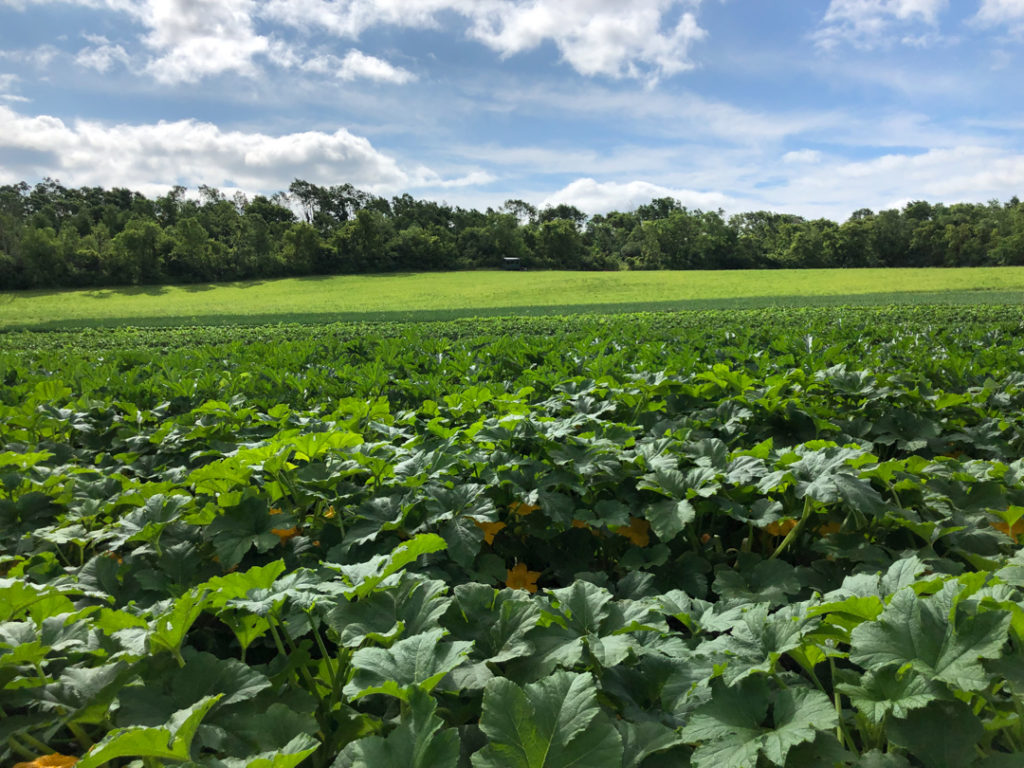Earth Day 2020: Healthy Soil, Healthy Planet

Lakewinds is kicking off our Earth Week 2020 celebration, and our focus this year is on the all-important role of soil health. Healthy soil is just as vital to the environment as reducing waste and cutting emissions. However, it doesn’t always receive the same amount of attention. When soil is healthy, it’s an excellent carbon bank and requires far less environmentally damaging practices to grow crops and plants in. When we treat the soil well, our reward is greater access to healthy food, and green spaces for all to enjoy. At Lakewinds we’re strong believers in healthy soil, healthy planet.
The root of the issue
We all rely upon food that comes from the ground to survive and to thrive. From apples, to carrots, to pork, our food depends upon healthy soil. Plants derive their nutrients from their roots, which need healthy soil as a growing medium. Livestock, whether grazing or kept in barns, rely on plants for their feed. Animal waste in turn provides beneficial nutrients to the plants. Healthy soil is vital to our very survival. Some farmers refer to their healthy soil as their “bank account” because it requires the same level of investment and is necessary for their future prosperity.
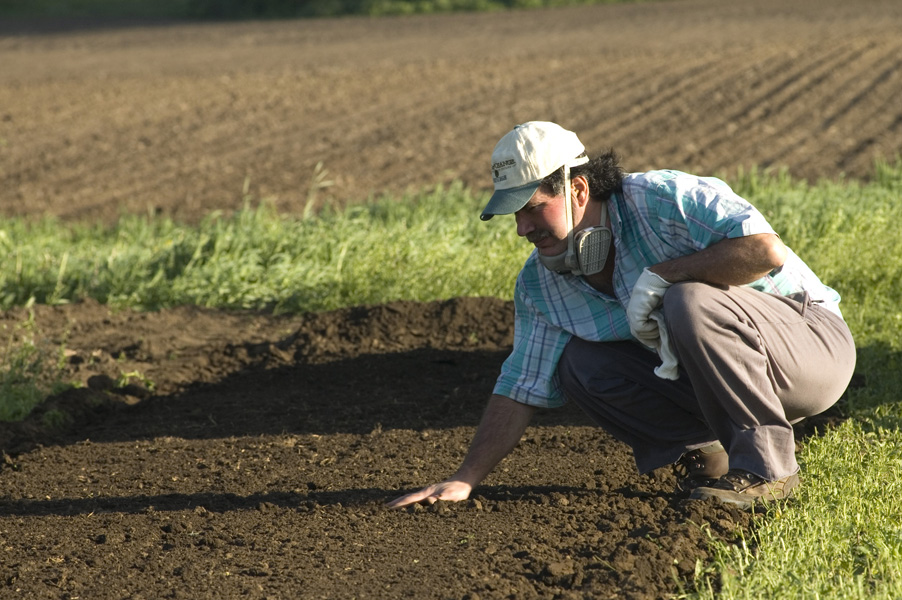
![]()
The importance of soil health is a sacred truth that farmers across the globe have known for generations. Unfortunately, in modern times it has often been neglected for the sake of higher yields and cheaper production costs. In some cases, this is understandable. Conventional farming has been attempting to feed a growing population. But our beliefs regarding how much we need to consume, and how much healthy food should cost, have also driven these practices higher than is necessary, to the detriment of soil health.
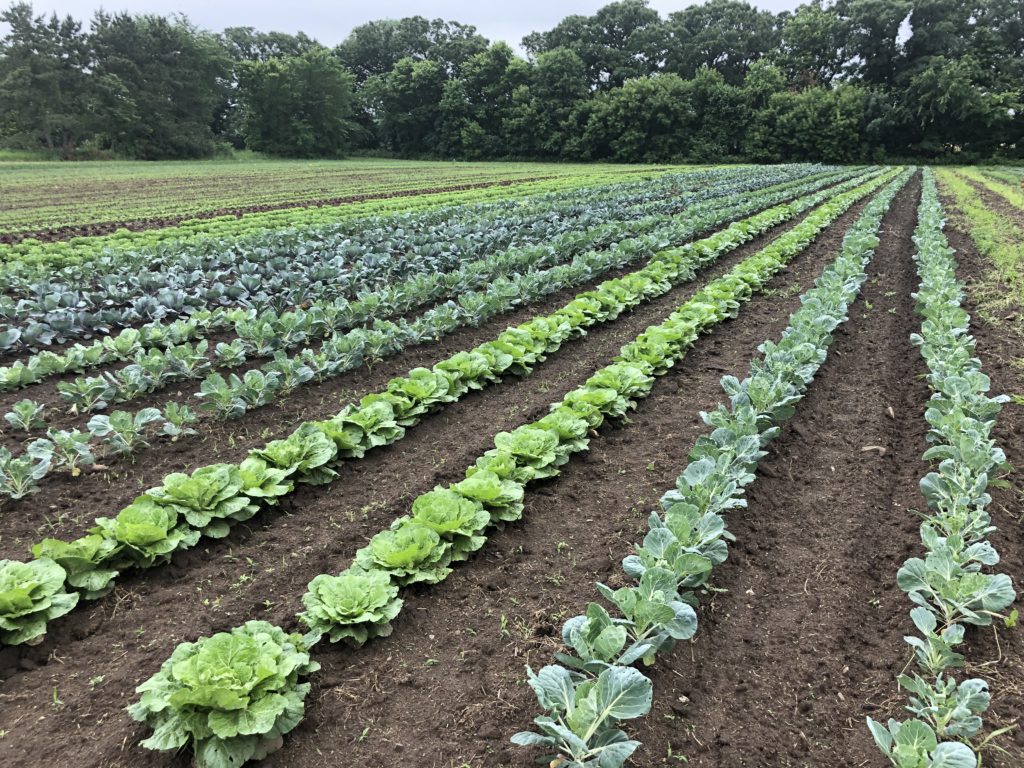
We know now that healthy soil is a fantastic way to sequester atmospheric carbon. We’ve all been shown how fossil fuels contribute to climate change, but how often is poor soil management brought up? Plants suck up carbon, storing it in their roots and pushing it deep into the soil. Some plants, like trees and perennials, can store that carbon for years until they die and release it back into the atmosphere. But even after death, the carbon that plants have helped store in the soil may remain.
Unfortunately, when the roots are dug up, or the ground is tilled for new planting, all that carbon is released back into the air. No-till farming is an ancient method that has been recently readopted in western agriculture (though many Indigenous communities and older legacy farming communities around the world never stopped using it). The idea is to preserve topsoil and organic matter by leaving soil as intact as possible when farming. This keeps the carbon stored in the soil and has the added benefit of leaving soil microorganisms covered. These microbes are necessary for healthy plants, and when they’re exposed they often die. Unfortunately, conventional farming, gardening, and landscaping practices often ignore this practice because it’s easier in the short term to dig up, till, then fertilize. However, fertilizers are often detrimental to other life, and their overuse leads to toxic nitrate runoff into our rivers and water wells.
The tenets of soil health
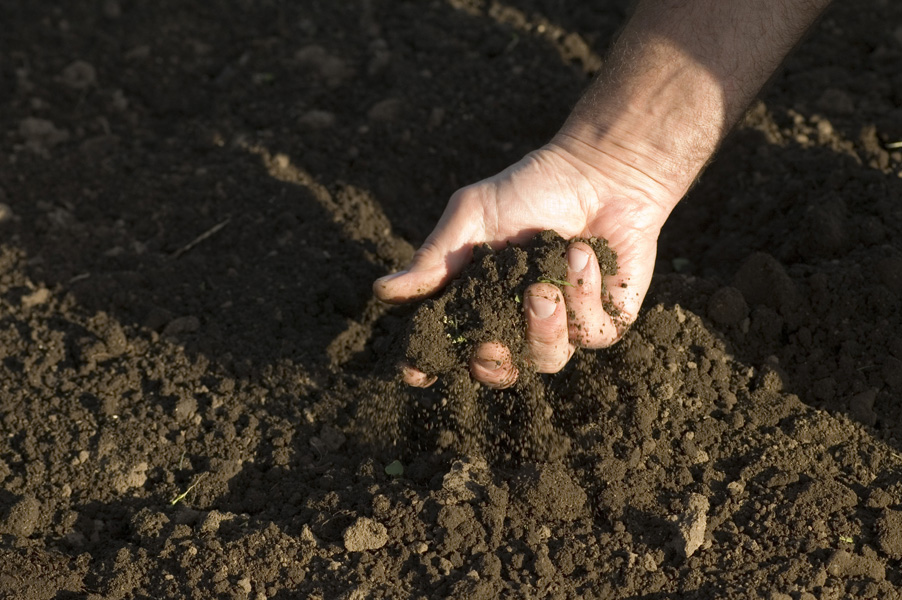
Keep soil covered
When topsoil is left exposed, it’s prone to erosion and becoming too hot or too cold. Healthy topsoil contains microorganisms that break down organic matter into food for growing plants. Exposure leaves these tiny creatures unprotected. Unfortunately, the cost and labor of covering fallow fields is often considered more of a burden than planting cover crops or spreading mulch. Larger farms and many landscapers use artificial fertilizers and amendments to jump-start dead topsoil at the beginning of the planting season. But this solution comes with a number of side effects that are detrimental to the environment.
Practice plant diversity
Different plants encourage different types of beneficial microorganisms and different root structures. Monoculture (planting the same plants or crops in the same place season after season) sucks all the life out of soil without giving anything back. This again necessitates fertilizers and amendments to restore what nature isn’t given the chance to replenish. On the farm and at home, the best practice is to rotate what you plant every season or two, allowing a season in between for the soil to replenish naturally. This seasonal break is called fallowing; remember to plant a beneficial cover crop like clover or cover with dried hay or wood chips.
Leave living roots in the ground.
Roots deliver necessary water, sugar, and carbon deep into the soil. Perennial plants and crops have years to grow deeper roots so are better at restoring and maintaining soil health than annuals. When you tear up a dead plant’s roots, you’re not only removing the delivery network for nutrients, you’re upsetting the topsoil and exposing the beneficial microorganisms. Add only what’s necessary, and make sure it’s organic.
Avoid artificial fertilizers
Another unfortunate downside to our current landscaping and agricultural practices is the use of chemical fertilizers and amendments. Artificial fertilizers have unexpected and unfortunate impacts on nearby plants and animals. Even the overuse of organic amendments like manure can lead to elevated nitrate levels in our drinking water. The best practice for soil health is to integrate livestock grazing on fallow, cover-cropped fields. At home, it’s best to use 100% organic amendments, and to use them sparingly. It’s important to remember that when it’s well maintained, soil will take care of and replenish itself.
Be the change
Reduce food waste
When planning meals, only buy what you know you’re going to need. Food waste drives the demand for food up, which feeds the belief that only monoculture farming can meet global demand. Try to build a diet that delivers what your body needs, without too much excess. Take up composting at home to deal with organic waste. Integrate it into your own garden or find a waste management site that will accept it.
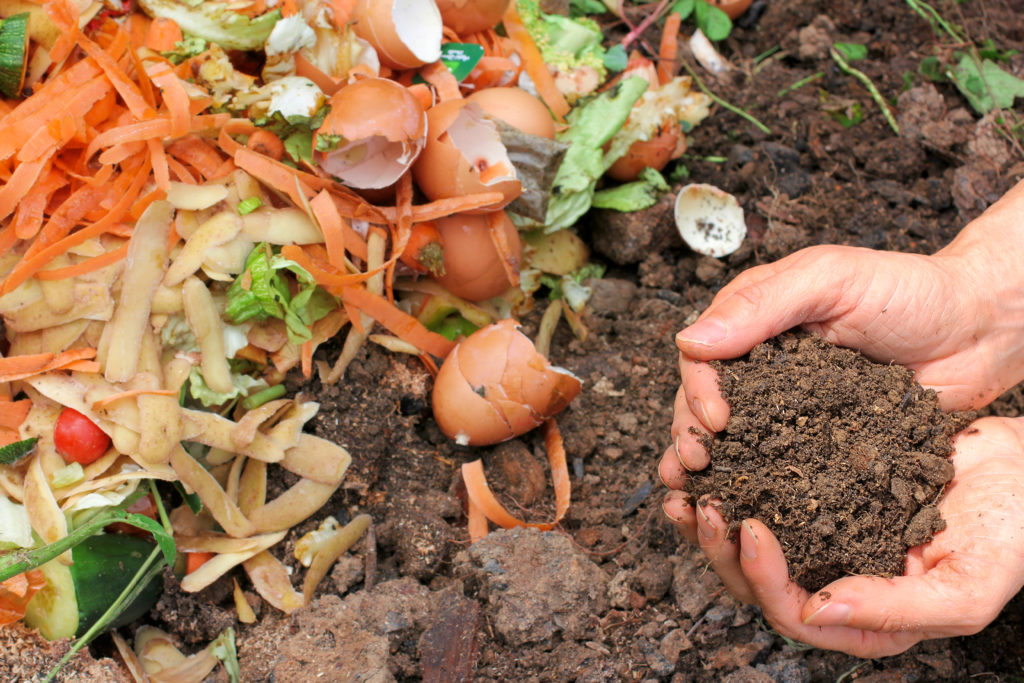
Eat regeneratively raised meat (and sparingly)
Though livestock are a necessary part of agriculture, the over consumption of meat is too taxing on our already overburdened pastureland. At Lakewinds, we believe the best use of farmland is holistic, with all necessary crops and livestock utilized to provide maximum efficiency and return on investment for the farmer. This means pasturing livestock on fallow fields and selling the meat to offset the cost of maintaining them. But that system can’t provide enough meat to meet the demands of our current consumption. If we all integrate some vegetarian or vegan meals into our week, it’s easier for small-scale, regenerative farms to maintain holistic practices. When small farms can’t integrate livestock into their own business, they’re often forced to source manure from conventional livestock farms that might not promote healthy soil maintenance.
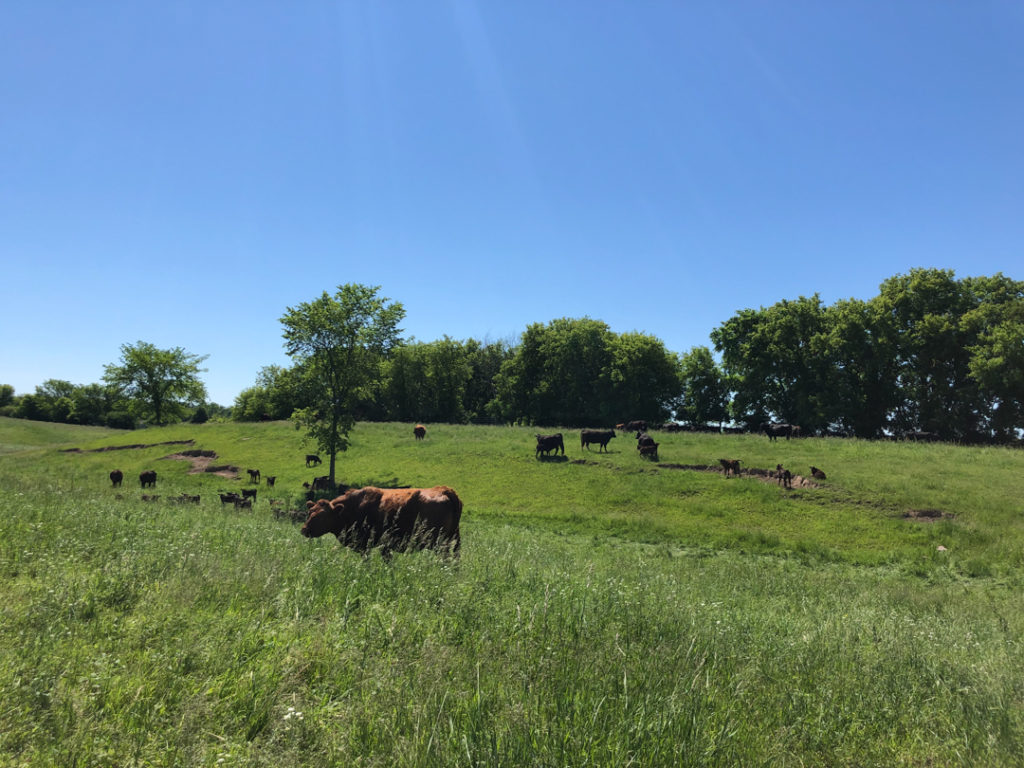
Prioritize perennials
If you have a lawn or garden, prioritize perennial plants when possible. Your local greenhouse is sure to have many beautiful perennial flowers you can grow. Berries, rhubarb, rosemary, thyme, asparagus, and sunchokes are all delicious perennials you can plant to help promote soil health. Skip fertilizer where possible, and use only organic when necessary. Plant wildflowers in patches that are depleted to help replenish nutrients naturally. Use dried hay or wood chips to cover any exposed soil to prevent erosion.
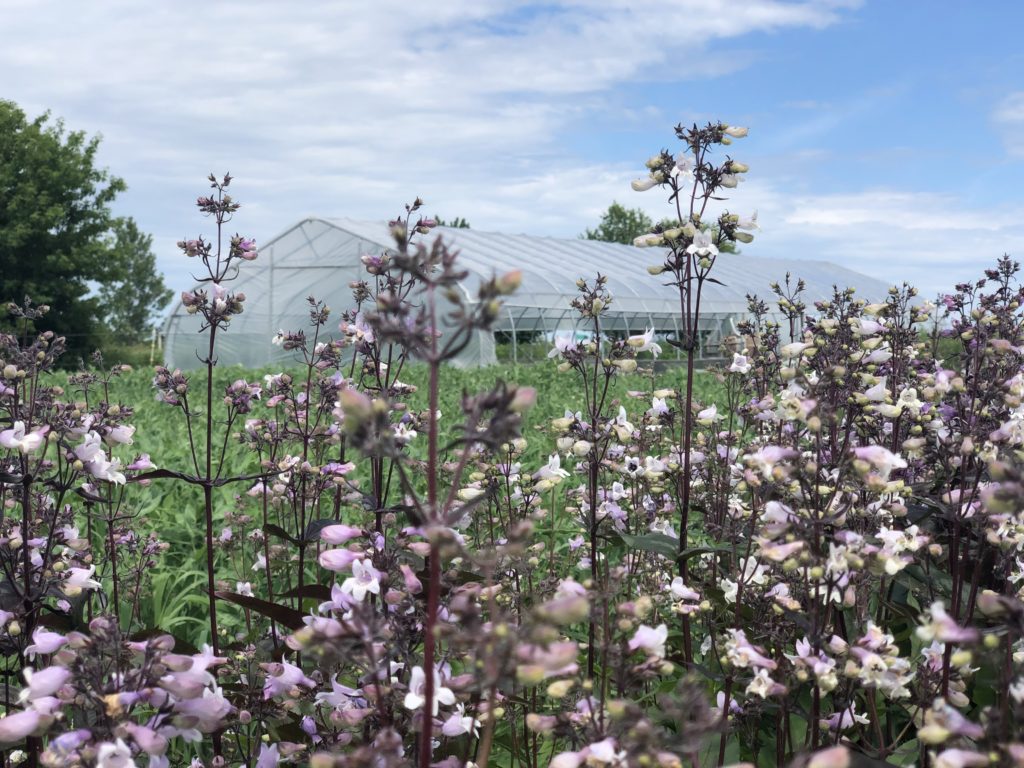
Healthy Soil, Healthy Planet
If we treat soil as a living organism instead of an inert medium, many of the practices that lead to soil decay and depletion become obsolete. It may require a bit more foresight, and sometimes a bit more of an upfront investment, but the returns are incalculable. Healthy soil stores more carbon, requires less maintenance, is necessary for organic agriculture, and helps maintain natural beauty. Soil health is a gift that we give not just to ourselves, but to future generations. Access to healthy food and beautiful green spaces are not guaranteed for any of us without proper action. Fortunately, small steps can lead to big changes—especially if we all take them together.
